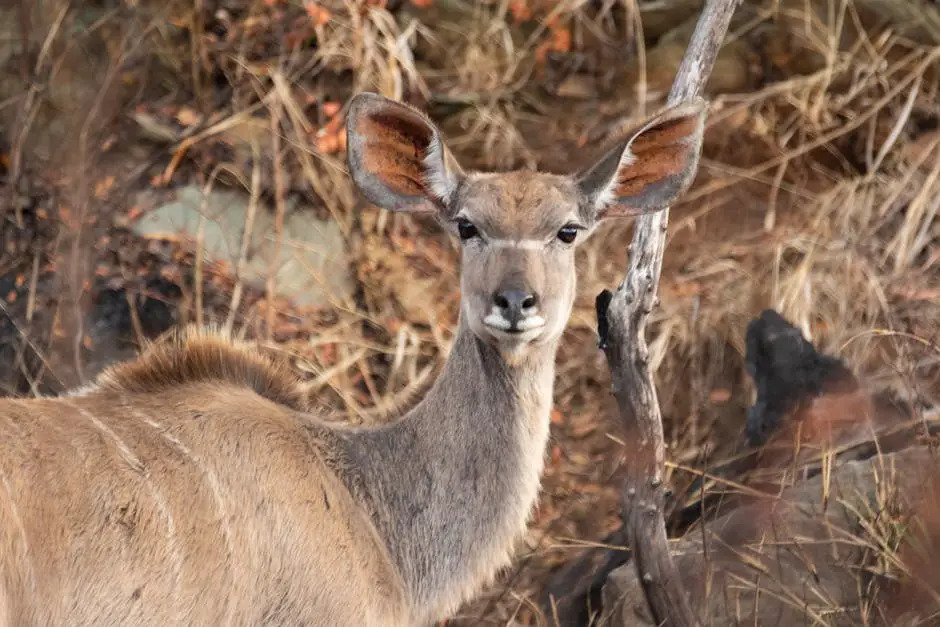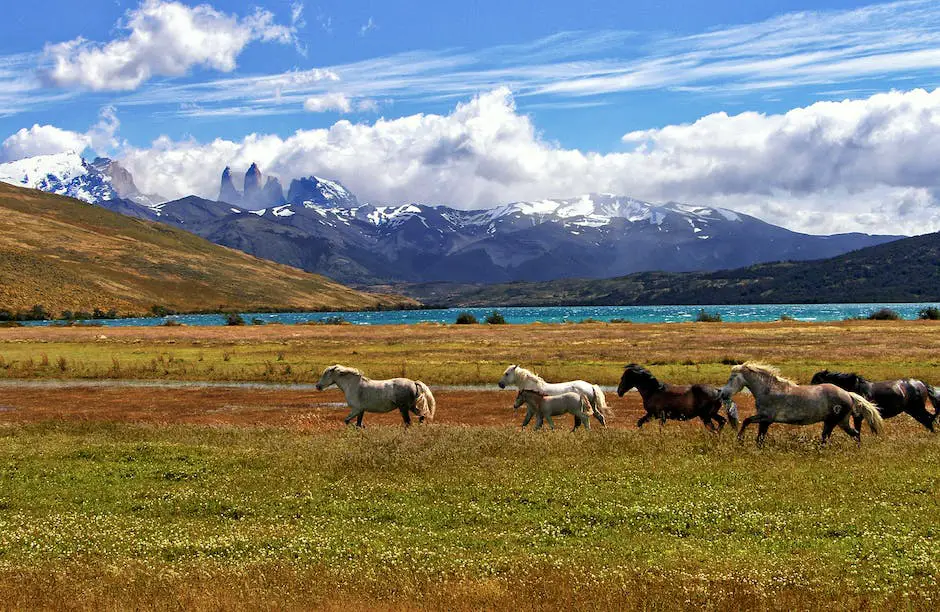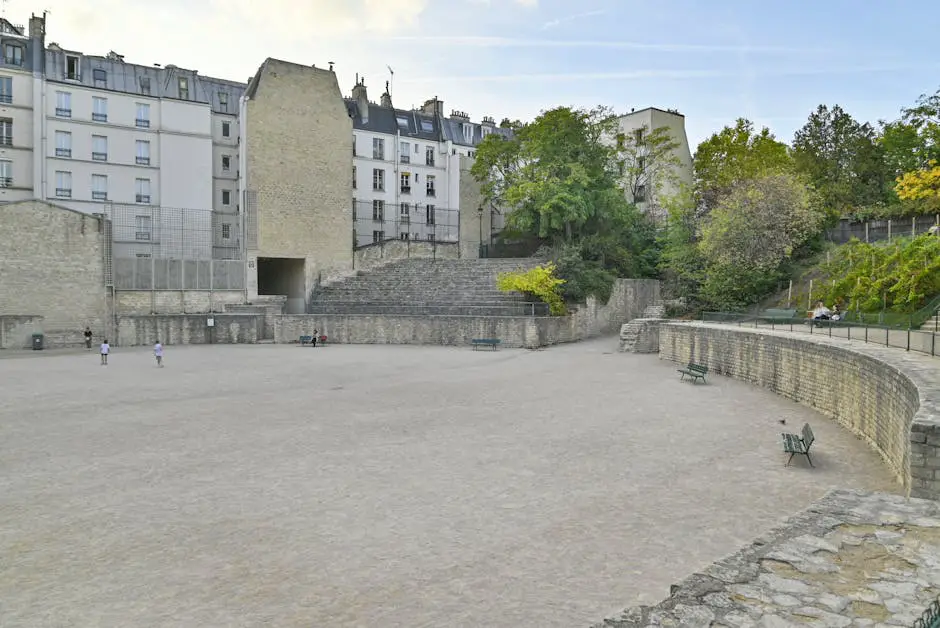The story of the French National Stud farms, also known as “Haras Nationaux”, is a fascinating tale that unfolds over three centuries. It’s a story shaped by kings and emperors, dedicated to the glory and power of the horse in French culture and beyond. As we explore this evolution, we’ll discover not only how these institutions came to be but also how they’ve adapted to the changing times, always with the noble steed at their heart. This narrative is not just about horses but about France’s cultural and historical identity, molded through the ages by its equine companions.
Table of Contents (Horspedia)
History and Evolution of the French National Stud
The story of French national stud farms, or “Haras Nationaux”, takes us back over 300 years, stirred by the ambitions of one man: Louis XIV.
Known for his love for grandeur, this French king also had a keen interest in equestrian pursuits. To strengthen the French cavalry and enhance horse racing, Louis XIV established the first national stud farm in 1665. Located in Saint-Lô, this was a bold move to improve horse breeding across France.
Fast forward to the 19th century, Napoleon Bonaparte expanded this vision. Understanding the strategic importance of superior cavalry, he set up additional stud farms across the country. Napoleon’s efforts aimed at solidifying France’s military prowess through better, stronger horses.
However, as time galloped on, the role of these stud farms evolved. From enhancing military might, they transitioned to preserving equine breeds and heritage. The 20th century saw the Haras Nationaux playing a vital role in maintaining the diversity and health of French horse breeds. They became centers for research, breeding, and training, contributing immensely to the equestrian sports and horse racing we admire today.
Currently managed by the Institut Français du Cheval et de l’Équitation (IFCE), the focus is more holistic. Beyond breeding, these establishments are pivotal in providing education, supporting local horse industries, and even bolstering rural economies. They’re not just about creating faster or stronger horses but ensuring the sustainability and vitality of the equine sector in France.
The Haras Nationaux stand as a testament to France’s enduring relationship with horses. What began as a royal decree for military might has evolved into a comprehensive network dedicated to preserving the cultural and biological heritage of French equines.

Breed Development and Preservation
In the intricate world of horse breeding and conservation, French national studs, or Haras Nationaux, stand as pivotal guardians of equine legacy. Their engagement weaves through the fabric of not just maintaining, but also enhancing horse breeds for a multifaceted aim that spans cultural heritage, economic vitality, and genetic diversity.
At the heart of these efforts lies a robust strategy focused on breed development. Breeding programs are meticulously designed to amplify desirable traits within French horse breeds, whether for racing, work, or equestrian sports. These programs don’t just happen in a vacuum. They’re the result of scientific research, genetic studies, and an in-depth understanding of equine health and physiology. By promoting selective breeding practices, Haras Nationaux ensure that each generation of horses is better suited for their intended purposes, all while maintaining the genetic health of the breed.
Preservation goes hand in hand with development. In an era where globalization could mean homogenization, the French national studs stand as bulwarks against the dilution of their country’s unique equine breeds. Through careful monitoring and conservation practices, they safeguard not just the physical characteristics that define these beautiful animals but also their historical significance and the role they’ve played in French society over centuries. With some breeds facing the threat of extinction, these efforts carry weight beyond national pride, into realms of biodiversity and environmental stability.
Beyond the gates of these stud farms, the influence of the Haras Nationaux stretches out into the broader landscape of the French equine industry. They offer a wealth of resources to local horse breeders, from access to premium stallions to expertise in veterinary care and breeding techniques. This support bolsters the quality and competitiveness of French horses on the global stage, fostering economic opportunities and nurturing traditional rural lifestyles.
Education forms a critical pillar of their mission. The Haras Nationaux don’t just look inward, focusing on their herds and bloodlines. They also reach outward, educating the public and industry professionals alike on the importance of genetic diversity, breed preservation, and sustainable breeding practices. Through workshops, courses, and seminars, they spread knowledge that ensures the welfare of horses and the continuation of breeding practices that respect and honor these noble animals.
In sum, the role of French national studs in horse breed development and preservation is multi-dimensional. It’s about creating superior horses for various uses, certainly, but it’s also about protecting a living heritage. By balancing the science of genetics with the art of traditional breeding, and by fostering an educational environment that spans from local farms to international forums, the Haras Nationaux exemplify a comprehensive approach to equine care and conservation that is as forward-thinking as it is steeped in history.

Economic and Cultural Impacts
Building on the rich tapestry of equine history and culture in France, the national studs, operated under the oversight of the Institut Français du Cheval et de l’Équitation (IFCE), play a crucial role beyond the immediate realms of horse breeding and conservation. These establishments are economic anchors and cultural milestones that echo the significance of equine heritage across the nation.
One of the pivotal impacts of national studs is their contribution to the local and national economies. By fostering equine activities, these centers not only support jobs in rural areas — from direct employment within the studs to ancillary services such as farriery, veterinary care, and tourism — but also invigorate local economies. Horse racing, equestrian competitions, and leisure riding associated with national studs generate significant revenue, drawing both domestic and international visitors. In particular, the prestige of French breeds and the high-quality training provided by the IFCE attract enthusiasts and professionals alike, bolstering France’s image as a center of excellence in equine affairs.
Moreover, the cultural impact of the national studs is profound. They serve as living museums, encapsulating centuries of equine history and showcasing the evolution of horse breeds that have shaped both rural and urban landscapes in France. Through tours, exhibitions, and educational programs, the studs disseminate knowledge about the nation’s equine heritage, breeding techniques, and the historical significance of horses in French society. This not only educates the public but also instills a sense of pride and continuity in local communities where these traditions are deeply rooted.
Additionally, the IFCE’s role extends to the international arena, where it represents French equine culture and expertise in global forums. The exchange of knowledge, genetic material, and breeding practices with other countries highlights France’s commitment to the global preservation of equine breeds and their welfare.
In the sphere of environmental sustainability, the conservation practices adopted by the national studs underscore a commitment to ecological stewardship. By maintaining pasture-based rearing and breeding practices, they contribute to the preservation of natural landscapes and biodiversity. This approach aligns with broader environmental goals such as carbon sequestration, soil health, and water quality, illustrating how the equine sector can play a role in addressing contemporary environmental challenges.
Finally, the national studs embody the synthesis of tradition and innovation. While they are guardians of historical and genetic legacies, they also embrace modern scientific methods in equine care, breeding, and conservation. This juxtaposition ensures that the living heritage of France’s equine past not only survives but thrives in the present and future, adapting to changing societal needs and environmental conditions.
The national studs of France, therefore, stand at the crossroads of economy, culture, and environmental stewardship, symbolizing the multifaceted contributions of the equine sector to the country. Through their ongoing work, they ensure that France’s legendary relationship with horses continues to gallop forward, shaping not just the landscape of rural France but also the national identity and heritage.

Challenges and Future Prospects
The challenges facing France’s national studs, managed by the Institut Français du Cheval et de l’Équitation (IFCE), are multifaceted, reflecting shifts in societal norms, economic pressures, and environmental concerns. The modern landscape reveals a juggling act between preserving centuries-old traditions and adapting to contemporary demands. One poignant struggle lies in securing financial resources. Despite their cultural and economic significance, national studs face funding challenges due to changing governmental priorities and the fluctuating nature of public and private support.
Another obstacle is the gradual decline in rural populations and interest in agricultural careers, directly impacting the traditional horse breeding and rural lifestyles that national studs support. This demographic shift poses a threat to the transfer of knowledge and craftsmanship essential to maintaining the high standards of equine care and breeding France is renowned for.
Technological advancements and globalization introduce both opportunities and threats. While innovations in veterinary medicine and genetics can enhance breeding programs and equine health, they also open the door to ethical dilemmas around genetic manipulation and the loss of genetic diversity. The challenge here is to embrace beneficial technologies without compromising the natural heritage and diversity of French equine breeds.
The threat of climate change cannot be overstated. Its impact on agriculture, and by extension on the conditions necessary for horse breeding, poses yet another significant challenge. Adapting to shifting environmental conditions will require not only innovative conservation practices but also a reevaluation of traditional practices to ensure they remain sustainable in a changing world.
Looking to the future, the prospects for France’s national studs lean heavily on innovation intertwined with tradition. Enhancing educational programs to attract new generations to equine careers, leveraging technology to improve breeding and conservation practices, and expanding the role of national studs in ecotourism can provide new revenue streams and raise awareness of their value.
Preserving the living heritage of national studs will likely involve a more community-based approach, engaging local populations and international enthusiasts in cooperative conservation efforts. This collaborative model could ensure the sustainability of both the rural economies supported by national studs and the equine breeds they protect.
Strategically, IFCE will need to continue its advocacy on behalf of France’s equine heritage at the international level, pushing for policies and partnerships that recognize and support the global significance of these living museums. The synthesis of tradition and innovation, if managed carefully, can ensure that France’s national studs not only endure but thrive, maintaining their rightful place in the cultural and economic fabric of the country.

The French national studs, under the careful management of the Institut Français du Cheval et de l’Équitation (IFCE), continue to stand as beacons of France’s deep-rooted equine heritage. They represent a successful blend of tradition and modernity, epitomizing the nation’s enduring bond with horses. As they face the future, balancing historical preservation with innovation, the Haras Nationaux are poised to ensure that the legacy and significance of French equines gallop proudly into the future. This living heritage, cultivated over centuries, promises to enrich France’s cultural and economic landscapes for generations to come.
